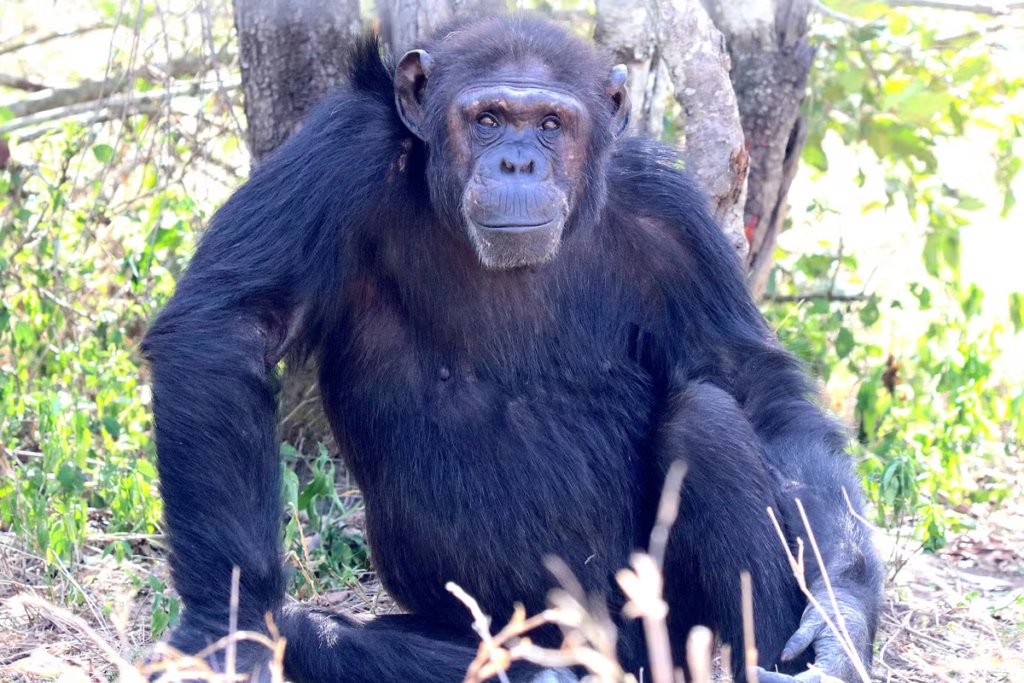In case you’ve missed the past four decades of his celebrity, the one thing you need to know about Tom Cruise is that he is intense. He’s intensely nice. He’s intensely dedicated to Covid safety. And he’s intense when it comes to doing his own stunts. Like when he famously climbed Dubai’s Burj Khalifa, the tallest building in the world, for Mission: Impossible – Ghost Protocol, or when he hung on to the outside of an airplane as it took off not once, not twice, but through eight takes for Mission: Impossible – Rogue Nation. As a practical FX purist in a CGI world, Cruise seems dedicated to singlehandedly preserving verisimilitude in action movies.
That’s why Cruise personally developed a rigorous months-long flight training program, which Danny Ramirez dubbed “the Tom Cruise School of Being a Badass” for the cast of Top Gun: Maverick. He wanted to ensure that he and his costars would be able to actually fly their own F-18 jets through the sky to capture the movie’s—what’s the word?—intense flying sequences. So those scenes where the aviators all look like they’re being pummeled to the edge of unconsciousness by G-forces? That’s because they are. The movie’s crew dabbed the actors’ make-up, ensured they knew where the cameras over their cockpits were placed—and then they let ’em fly.
So Men’s Health asked Paramount Pictures to give us a crash course in what the movie’s cast had to endure for the most intense pre-production film prep ever. Here’s what they provided:
The Overview
Top Gun: Maverick’s new aviators had to complete a comprehensive and demanding five-month flight training program devised, coordinated and overseen by Cruise himself, receiving approximately 34 to 36 hours of cumulative flight training each, and personalized nightly feedback from him on their progress. As per his instruction, Cruise’s students worked their way up from Cessna 172 Skyhawks, to Extra 300s, to the L-39 Albatross, to – finally – the F/A-18 Super Hornets.
The Syllabus
The ASTC (Aviation Survival Training Curriculum) that Tom Cruise and all the new aviators on Top Gun: Maverick had to complete to qualify for the extensive flying sequences included classrooms on topics including: Acceleration/G-Forces, Altitude Physiology, Reduced Oxygen Breathing Device Training, Aeromedical Aspects of Ejection, and Aviation Life Support Systems, before proceeding to Ejection Seat Trainer and Virtual Parachute Descent/ Parachute Landing Fall/ Lateral Drift Training.
Water Training
The course then moved to an outdoor pool, for more physically demanding training, such as survival stroke, survival gear inflation and underwater problem-solving. Methods included being rotated underwater in an ejection seat and being dragged across the pool attached to a parachute, from which students had to disentangle themselves.
Enduring G-Forces
When shooting the flying sequences, the actors often had to sustain up to eight Gs (potentially up to around 1,600 pounds of pressure on the body) and had to wear G-suits designed to prevent blackouts and G-LOC (a G-induced loss of consciousness).
The Campus
Five real Navy bases were used as shooting locations in Top Gun: Maverick: Naval Air Station North in San Diego, Naval Air Station Lemoore in the Mojave Desert, the highly secretive Naval Air Weapons Station China Lake in California’s Central Coast, Naval Air Station Fallon (the current home of the TOPGUN program, although North Island is depicted as ‘Fightertown USA’ in the film) in Nevada, and Naval Air Station Whidbey Island in Washington State.
Via Men’s Health.















